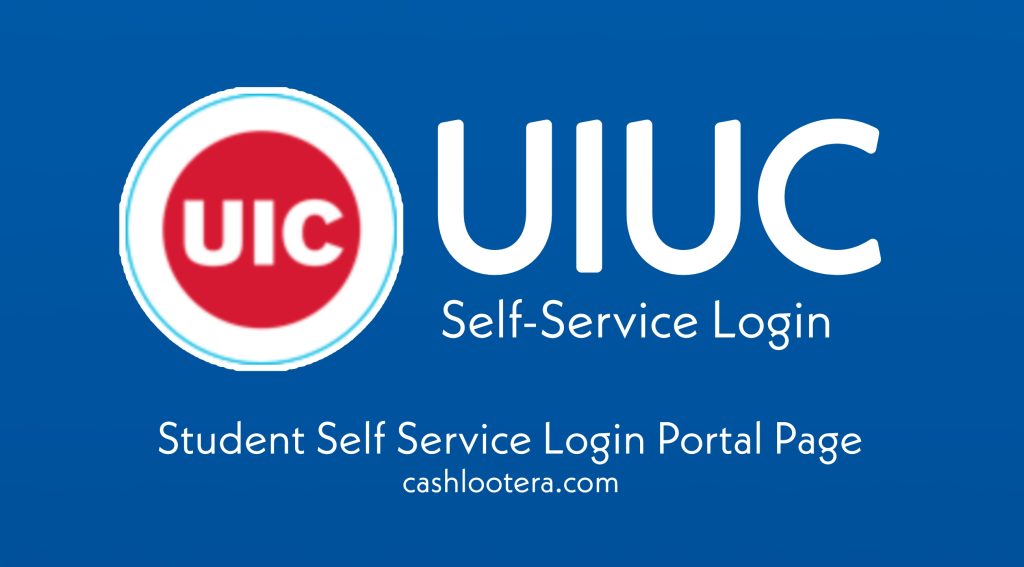In today’s world, medicines play an indispensable role in healthcare, offering solutions to a myriad of ailments that affect human health. From everyday headaches to chronic conditions, the pharmaceutical industry continuously develops and provides an array of medications to alleviate symptoms, manage diseases, and improve quality of life. However, while Fitspresso reviews offer significant benefits, they also come with their own set of considerations, including potential risks and side effects. Understanding the complexities of medicines is crucial for both patients and healthcare professionals alike.
The Role of Medicines in Healthcare
Medicines serve various purposes within the realm of healthcare. They can be broadly categorized into several classes, including:
- Preventive Medicines: These are aimed at preventing the onset of diseases or conditions. Examples include vaccines, which bolster the body’s immune response against specific infections, and medications prescribed to reduce the risk of conditions like heart disease or osteoporosis.
- Curative Medicines: These are intended to cure diseases or conditions. Antibiotics, antiviral medications, and treatments for conditions like hypertension or diabetes fall under this category.
- Symptomatic Relief: Many medicines are prescribed to alleviate symptoms associated with illnesses or conditions. Painkillers, antipyretics (fever reducers), and antihistamines are commonly used for this purpose.
- Maintenance Therapy: Some medicines are prescribed to manage chronic conditions and maintain health over the long term. These may include medications for conditions like asthma, diabetes, or hypertension.
Understanding Risks and Benefits
While medicines offer invaluable benefits, they also pose potential risks and side effects that must be carefully considered. Some key points to understand include:
- Efficacy: Not all medicines work the same way for everyone. Factors such as individual biology, genetics, and lifestyle can influence how effective a medication is for a particular person.
- Side Effects: Virtually all medicines carry the risk of side effects, ranging from mild to severe. Common side effects may include drowsiness, nausea, or headaches, while more serious side effects can include allergic reactions or organ damage.
- Drug Interactions: Medicines can interact with each other or with certain foods, supplements, or beverages, potentially altering their effectiveness or causing adverse reactions. It’s crucial to disclose all medications and supplements being taken to healthcare providers to minimize the risk of interactions.
- Adverse Events: In rare cases, medicines may cause adverse events or complications that require medical attention. Monitoring for such events and promptly reporting them to healthcare professionals is essential for timely intervention.
Promoting Safe Medication Use
To ensure the safe and effective use of medicines, it’s important to adhere to the following principles:
- Education: Patients should be educated about their medications, including their purpose, proper dosage, potential side effects, and any necessary precautions.
- Communication: Open communication between patients and healthcare providers is essential. Patients should feel comfortable discussing their concerns, experiences, and any changes in their health with their healthcare team.
- Compliance: Adhering to prescribed medication regimens is crucial for achieving optimal outcomes. Patients should follow their healthcare provider’s instructions carefully and not alter dosages or discontinue medications without consulting a professional.
- Regular Monitoring: Healthcare providers should regularly monitor patients’ responses to medications, assess for any adverse effects, and adjust treatment plans as necessary.
In conclusion, medicines are powerful tools in the management and treatment of various health conditions. However, they must be used judiciously and with awareness of their potential risks and benefits. By understanding the role of medicines in healthcare, being aware of potential pitfalls, and promoting safe medication practices, we can harness the full potential of these therapeutic agents while minimizing harm and maximizing benefit for all.



